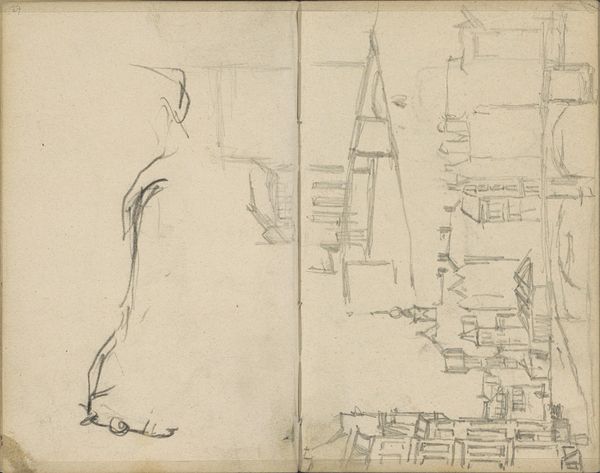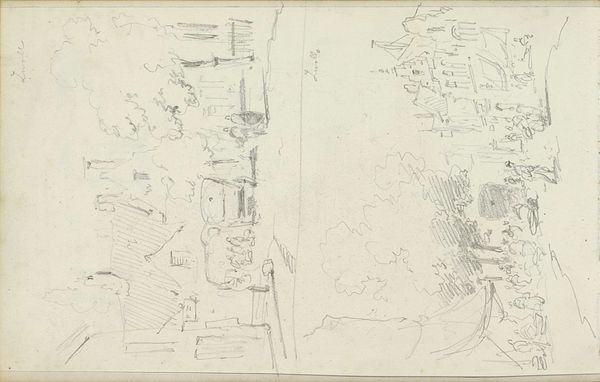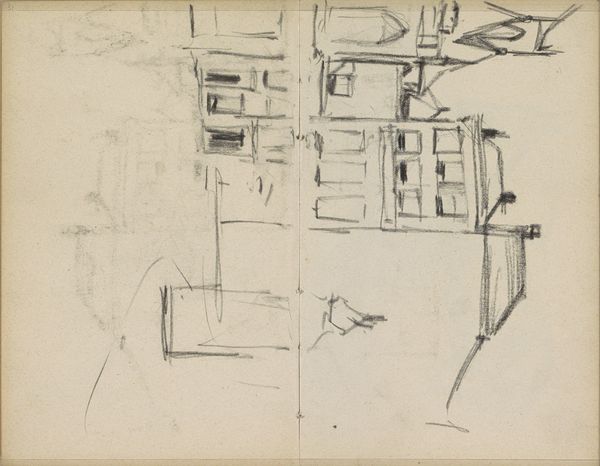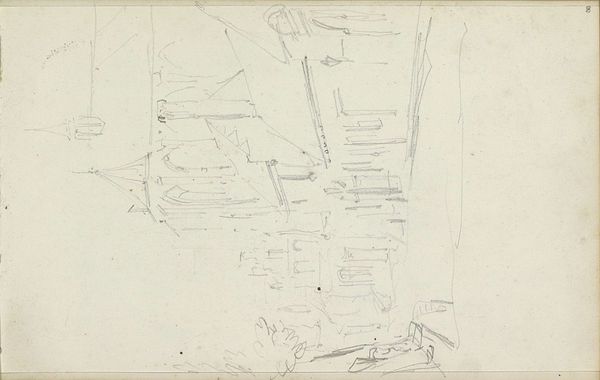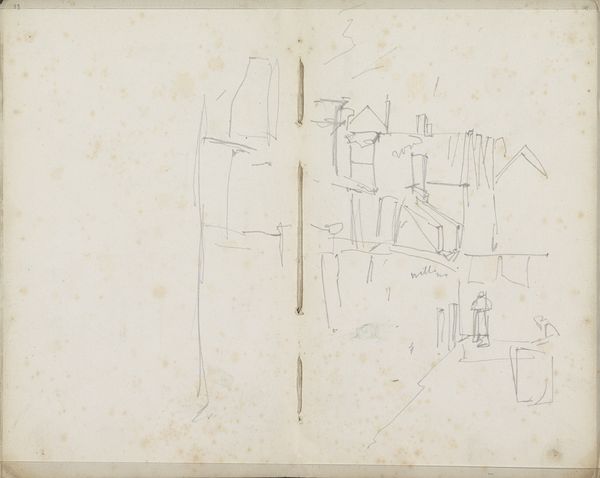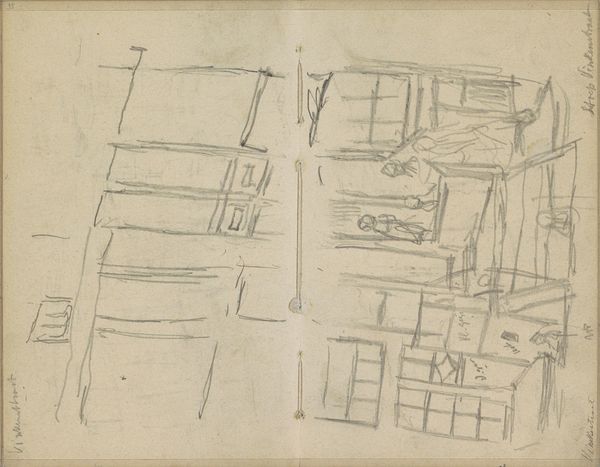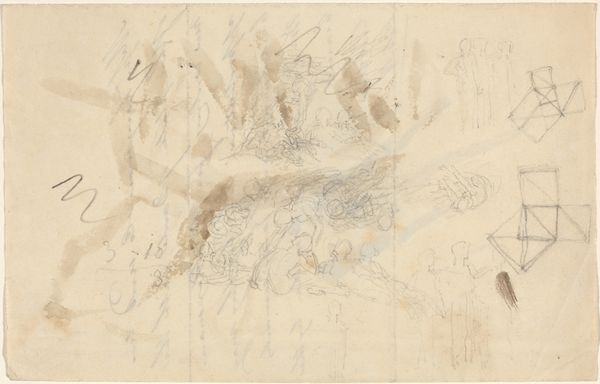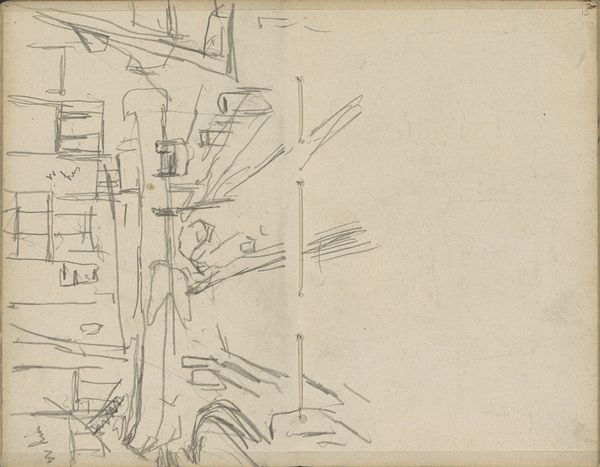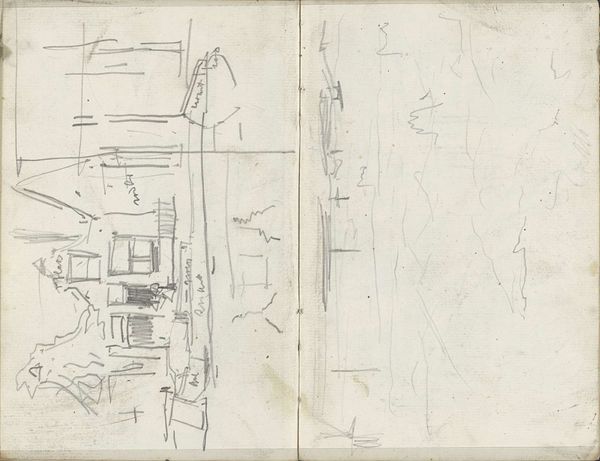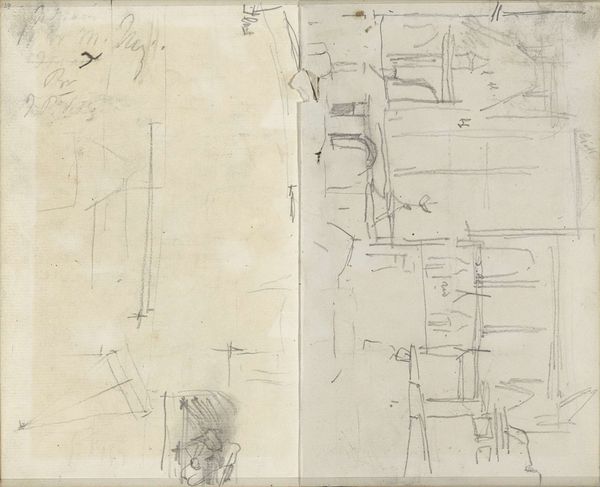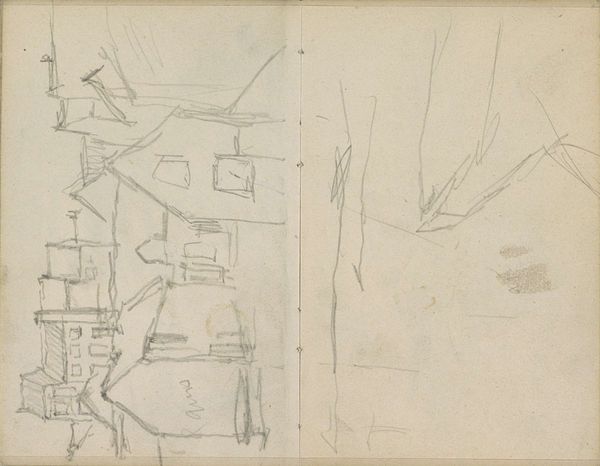
Entwurfsskizzen zum Haus des Künstlers in Frankfurt am Main sowie Vignettenentwürfe zum Erzherzog Carl von Oesterreich von Eduard Duller c. 1845 - 1847
0:00
0:00
drawing, ink, architecture
#
drawing
#
landscape
#
etching
#
ink
#
romanticism
#
academic-art
#
architecture
Copyright: Public Domain
Moritz von Schwind made this collection of sketches with pen and brown ink. He designed them as drafts for the House of the Artist in Frankfurt, as well as vignettes for Archduke Carl of Austria. Produced during the era of Romanticism in Germany, the work reflects the socio-political context of the time. Note how the architectural plans speak to the rising status of artists in society, where a dedicated space for artistic creation was becoming both desirable and possible. On the other hand, the vignettes of Archduke Carl are indicative of the existing power structures and the lingering influence of the aristocracy. We might ask, were artists like Schwind looking to challenge or reinforce existing social norms? Was he subtly critiquing or simply participating in the institutions of his time? To truly understand this artwork, we need to delve deeper into the cultural history of 19th-century Germany, examining its class structures, political movements, and the evolving role of the artist in society. Historical archives, artist biographies, and architectural studies can all provide valuable insights.
Comments
No comments
Be the first to comment and join the conversation on the ultimate creative platform.
